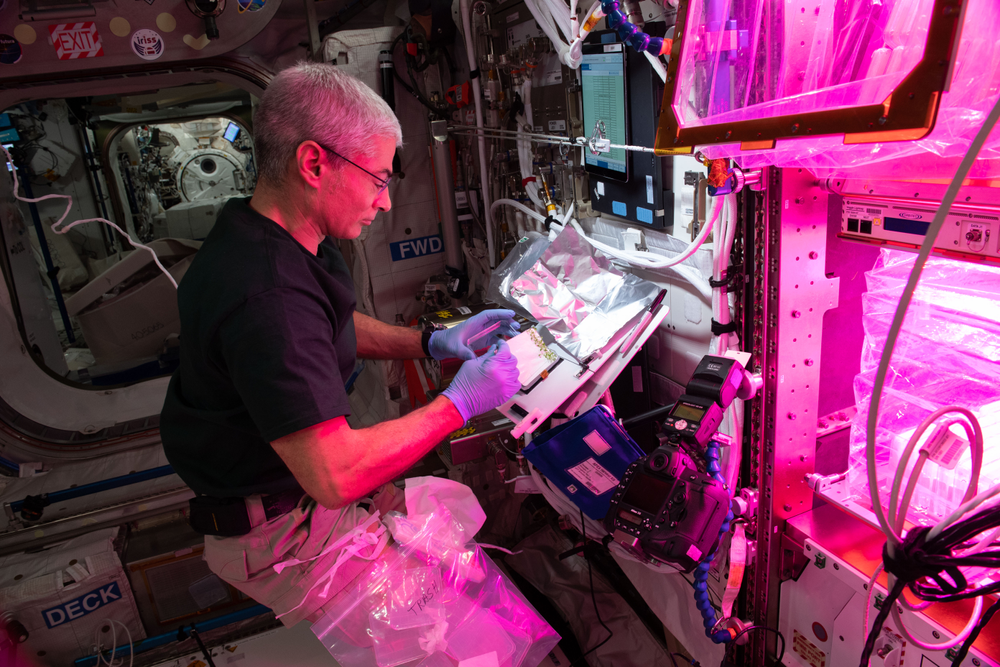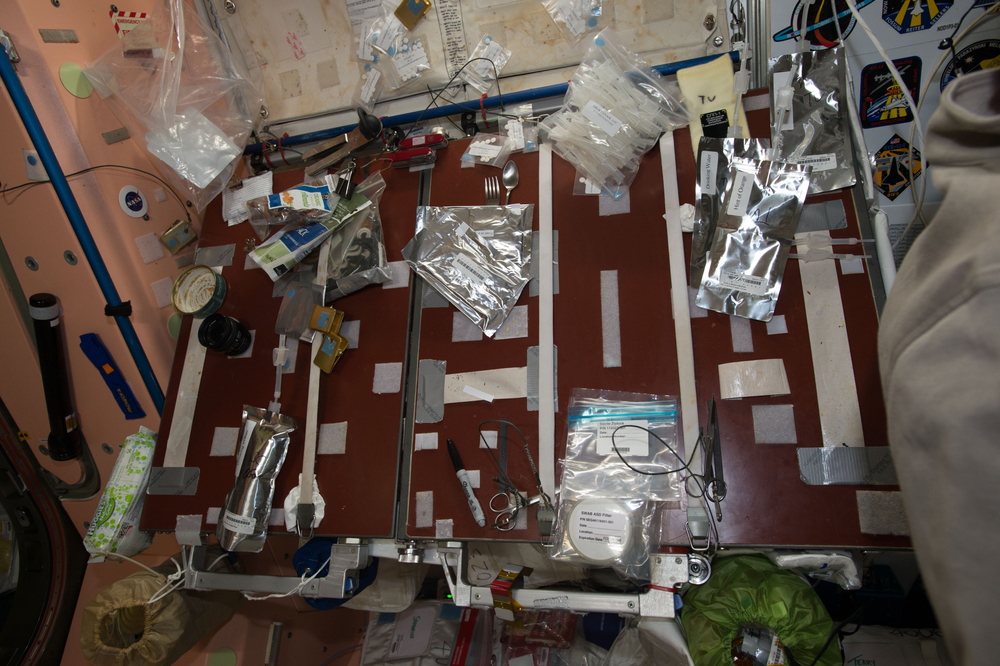Station Science Top News: Jan. 19, 2024
Analysis shows that telomerase activity and telomere length are independent of each other in Arabidopsis thaliana plants grown aboard the International Space Station and that telomerase may help protect the plants from oxidative stress. This capability may help plants survive in harsh environments such as space, which may support food production on future exploration missions.
APEX-07 examined how spaceflight affects plants at the genetic level. This study is the first to examine effects on plant telomeres specifically. Telomeres are DNA segments on the ends of chromosomes, and changes in their length can have negative effects. Telomerase is an enzyme that maintains telomere length. Spaceflight is associated with increased oxidative stress in plants, and these findings suggest that increased telomerase activity may help protect plants from its effects during space missions.

***
Researchers report on properties of X-Ray binary 4U 0614+, including changes in the accretion disk as the flow of energy from the system varies. Further observations are needed to clarify what causes this variation and to increase understanding of the characteristics of X-ray binaries, which are sources of persistent gravitational waves that could affect future investigations in astrophysics.
X-ray binaries contain a compact object such as a neutron star and a normal star that are close enough together for the gravity of the former to pull material from the latter, creating an accretion disk that emits X-rays. This paper is based on spectral analysis of data from four joint observations of this binary by NASA’s Jet Propulsion Laboratory in Southern California NuSTAR and the station’s NICER, which studies the physics of neutron stars to provide insights into their nature and behavior.
Read more about X-ray binaries here.
***
The first complete genomic characterization of strains of a pathogenic bacteria genus, Klebsiella, isolated from the space station showed evidence of adaptation to spaceflight. This finding underscores the need to continue monitoring microbial communities in space and to understand their survival mechanisms and implications for crew member health.
Microbial Observatory-1 monitors microorganisms on the space station and analyzes whether some may become more virulent in space. Klebsiella species are associated with urinary tract infections, meningitis, pneumonia, and sepsis and are known to cause community and hospital-based outbreaks. Better understanding of pathogenic microbial species in a closed system like the space station can support development of countermeasures for future human missions to the Moon and Mars.








